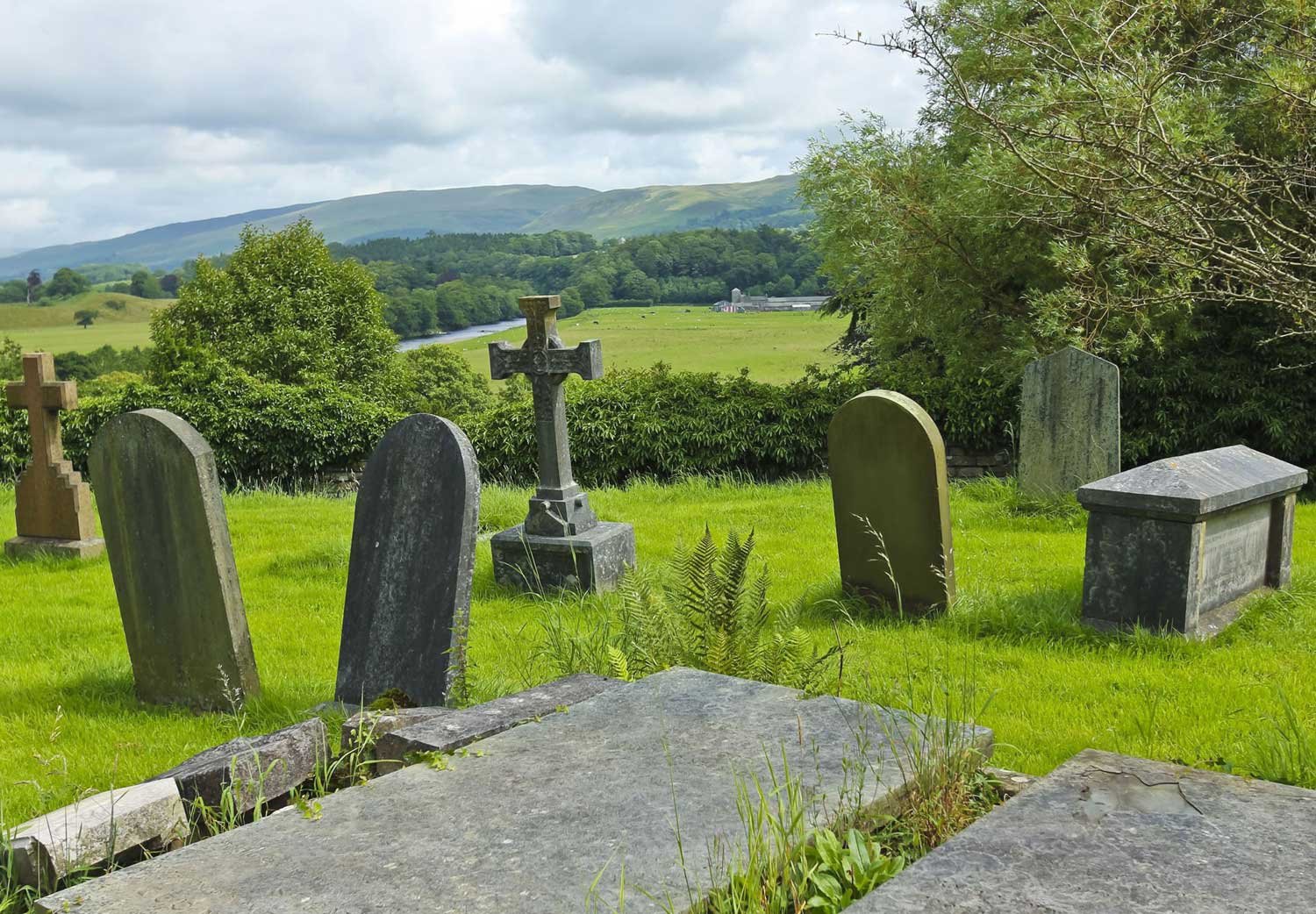Cemetary & Grave Mapping
GPR is the Perfect Tool for Grave Detection
Ground Penetrating Radar (GPR) technology has been used around the world to locate unmarked graves and burial sites at historic cemeteries, some of which are hundreds of years old.
Ground Penetrating Radar (GPR) is a very effective grave location and cemetery mapping tool because it enables us to penetrate deeply, many feet beneath the soil surface, identify soil disturbances, and locate buried objects. This is due to a dual combination of our antenna’s signal projection and GPR’s natural ability to detect objects of all material compositions.
✦ In many cases the headstones have been misplaced or moved, and records are either incomplete , vague, lost, or missing.
✦ The exact boundary of the a cemetery may not be known and often there is no surface expression of a burial location.
✦ Even when no remains are present, GPR scanning can reveal the disturbance of the ground indicating where ancient burial sites were located.
To protect the sanctity and historic value of these cemeteries and historic burial sites, GPR is the perfect tool for grave detection because the graves can be detected without disturbing the soil or the burial sites.
Use Ground Penetrating Radar to Plot New Grave Sites
Because GPR is noninvasive and can integrate with GPS and mapping systems, it can also be used to plot new grave sites. We can use GPR to map cemeteries with confidence, knowing that no existing grave will be disturbed.


